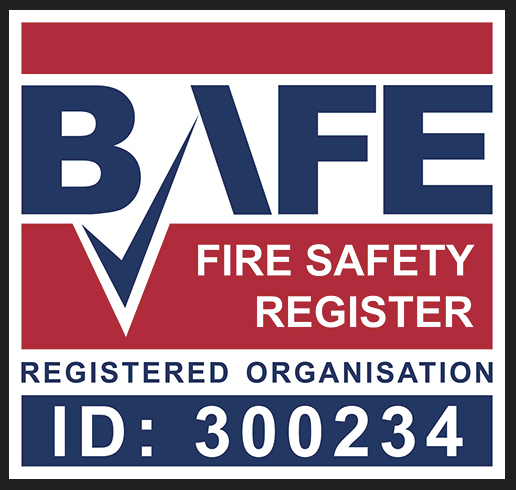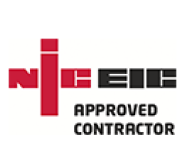Industry Articles

Fire Risk Assessments: A Guide (2019)
Fire is a huge threat to resources, life and property. For residences and buildings that contain large volumes of individuals, the risk is increased. By taking the necessary precautions for workplace fire safety, employers and property owners can reduce the chance of possible permanent damage to their companies and livelihoods. Indeed, employers have a legal duty to carry out a Fire Risk Assessment under the Regulatory Reform (Fire Safety) Order 2005.
A key method of reducing the potential of a fire in a residence is by having a competent individual carry out a fire risk assessment.
This guide provides a comprehensive insight into the importance of having a fire risk assessment carried out for your business or residence and who you should rely on to improve fire safety in your workplace.
What is a fire risk assessment?
A fire risk assessment is a cornerstone of fire safety strategy, from which every other precaution should develop. Often considered to be a fire safety afterthought, businesses increase their risk of doing too little to enforce safety for their employees and property.
A fire risk assessment is an organised and methodical look at your premises, the activities carried out there and the likelihood that a fire could start and cause harm to those in and around the property.
The aims of the fire risk assessment are to identify the fire hazards, to reduce the risk of those hazards causing harm to as low as reasonably practicable and to decide what physical fire precautions and management arrangements are necessary to ensure the safety of people in your premises if a fire does start.
Achieving fire safety in small premises is usually a matter of common sense. Yet, you do have to make sure that you set aside enough time to work through the necessary steps. In more complicated premises or those with many people at risk, such as care homes, hospitals or large businesses, you may need more expert help.
In its simplest and most fundamental form, this assessment is an exhaustive checklist concerned with identifying the risks and hazards of premises. Although most individuals have basic knowledge about raising alarms and putting out fires, the extent of your fire protection equipment should be dictated by the fire risk assessment.
The results of these assessments are unique to every environment and are dependent on the variables of employees and equipment within a building e.g., taking into consideration employees with specific requirements.
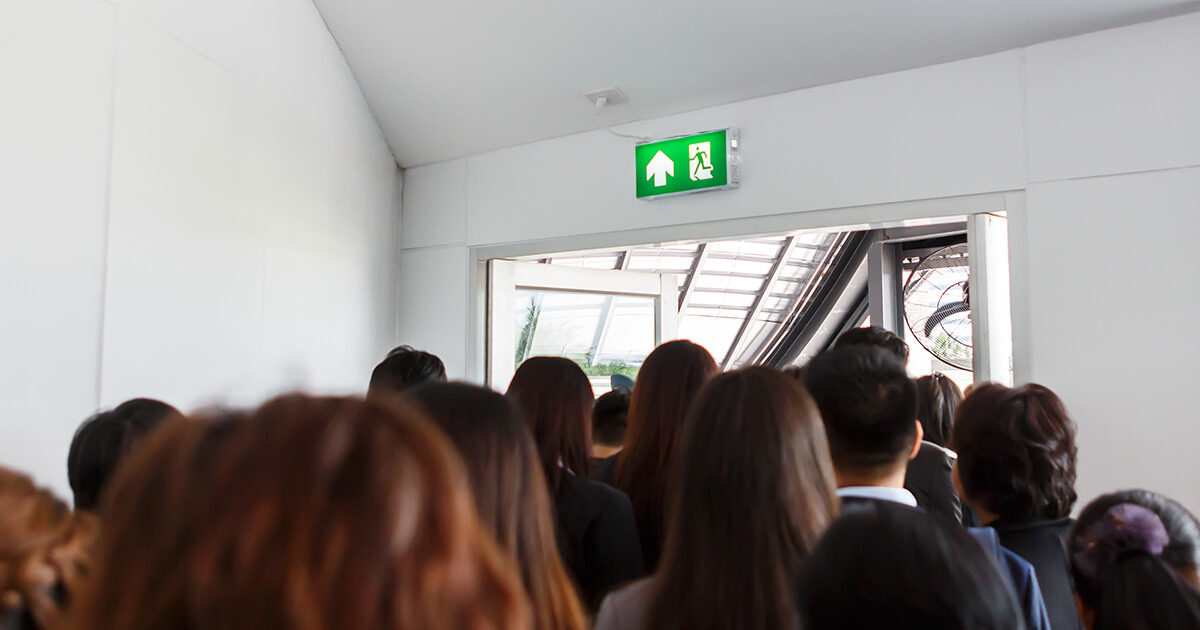
Who is responsible for completing a fire risk assessment?
In compliance with The Regulatory Reform (Fire Safety) Order 2005, an employer is designated as the Responsible Person (RP). In this Order “responsible person” means…
a) in relation to a workplace, the employer, if the workplace is to any extent under his control
b) the person who has control of the premises (occupier or otherwise) in connection of the trade, businesses or other undertakings
c) the owner of the trade, business or other undertakings
It is the job of the Responsible Person to take general fire precautions that will ensure (as far as is reasonably practicable) the safety of employees and relevant persons on the premises.
The Order declares that an FRA must be undertaken by a ‘competent person’. The Order does not offer a definition on this term but the competency will vary hugely based on the risks in premises. Petrol station vs organic farm shop equals a very different risk assessment.
Have some awareness of Health & Safety risk assessments? Work in simple and low-risk premises? Confident owners and employees can be completely capable of tackling a fire risk assessment themselves. Governmental sites offer a wealth of fire safety checklists and fire safety guidelines for public use.
BUT if the risk of your premises isn’t minimal or you can’t follow the assessment with dedication and focus, contact us to help you out. Don’t compromise on safety because you can’t dedicate the time or quality effort.
Dorset Fire Protection offers dedicated, in-house expertise on fire protection equipment and systems. We can quickly assess the quality of existing equipment and offer advice on system improvement without going through a third party.
Knowing your environment and the needs of each employee are crucial to getting the most out of a risk assessment. That’s why we work alongside our clients. Although we provide the assessment, the internal knowledge an owner or employer has lets us provide workable solutions for fire safety. Generalised solutions can’t just be applied to any property—every business or multi inhabited residence has its own unique needs.
Dorset Fire Protection’s advice is simple, pragmatic and submitted in an easy-to-use and cost-effective format. We even establish clear, prioritised action plans to assist you with implementation.
How often should a fire risk assessment be carried out?
Carrying out fire risk assessments decrease the potential of fires being given the opportunity to start. Carrying out a fire risk assessment once and not adapting to variables changing or new hazards being introduced is a possibly devastating mistake.
Although there is no specific time scale provided by the law or regulations concerned with fire risk assessments, new fire safety precautions should always be taken when significant changes have been made or there has been a fire anywhere on the site.
Fire risk assessments are not difficult to address, and fire safety training provides employees with vital skills for protecting themselves and business so there’s no excuse not to be compliant.
Old fire risk assessments can even be reviewed and updated if employers have a genuine reason to believe they don’t need a completely new assessment.
After all, employers and owners have legal responsibility to make sure your business and employees are protected from the dangers of fire. In cases where risk exists and it is not being managed, fire authorities have a statutory duty to enforce compliance with the regulations and they may serve a notice on you. In serious cases, prosecutions and fines can be imposed and a worst-case scenario is an imprisonment.
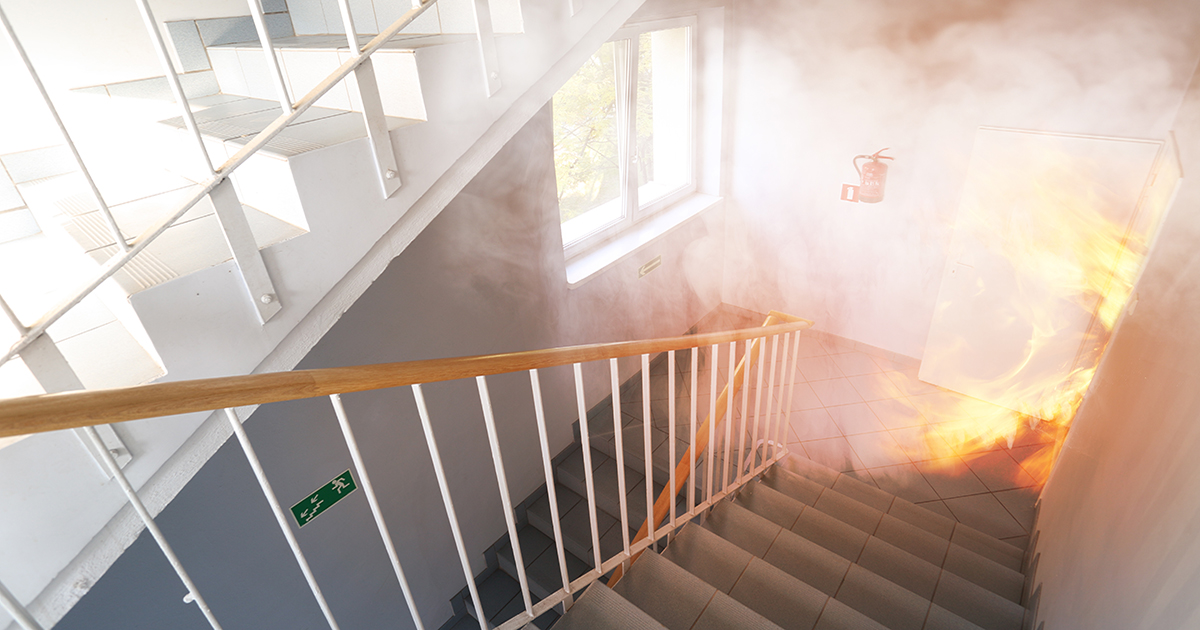
How to do a fire risk assessment?
Performing a fire risk assessment is about identifying the risks and hazards in the premises. These results are then used going forward to eliminate issues and improve fire safety.
The checklist below can help you take steps toward completing a fire risk assessment but you may need additional information especially if you have large or complex premises. It is the responsibility of the Responsible Person to understand their own limitations and seek professional advice or services should they be required.
ONE: Identify fire hazards e.g., Sources of ignition, fuel and oxygen
- Have you identified all potential ignition sources?
- Have you identified all potential fuel sources?
- Have you identified all potential sources of oxygen?
- Have you made a note of your findings?
TWO: Identify people at risk Identify (in and around the premises)
- Have you identified who is at risk?
- Have you identified why they are at risk?
- Have you made a note of your findings?
THREE: Evaluate, remove, reduce and protect from risk
- Have you assessed the risks of fire in your workplace?
- Have you assessed the risk to staff and visitors?
- Have you kept any source of fuel and heat/sparks apart? If someone wanted to start a fire deliberately, is there anything around they could use? Have you removed or secured any fuel an arsonist could use?
- Have you protected your premises from accidental fire or arson?
How can you make sure everyone is safe in case of fire?
- Will you know there is a fire?
- Do you have a plan to warn others?
- Who will make sure everyone gets out?
- Who will call the fire service?
- Could you put out a small fire quickly and stop it spreading?
How will everyone escape?
- Have you planned escape routes?
- Have you made sure people will be able to safely find their way out, even at night if necessary?
- Does all your safety equipment work?
- Will people know what to do and how to use the equipment?
Make a note of what you have found.
FOUR: Record, plan, inform, instruct and train
- Have you made a record of what you have found and action you have taken?
- Have you planned what everyone will do if there is a fire?
- Have you discussed the plan with all staff?
Have you?
- Informed and trained people (practised a fire drill and recorded how it went)?
- Nominated staff to put in place your fire prevention measures, and trained them?
- Made sure everyone can fulfil their role? Informed temporary staff?
- Consulted others who share a building with you, and included them in your plan?
FIVE: Review
- Made any changes to the building inside or out?
- Had a fire or near-miss? Changed work practices?
- Begun to store chemicals or dangerous substances?
- Significantly changed your stock or stock levels?
- Have you planned your next fire drill?
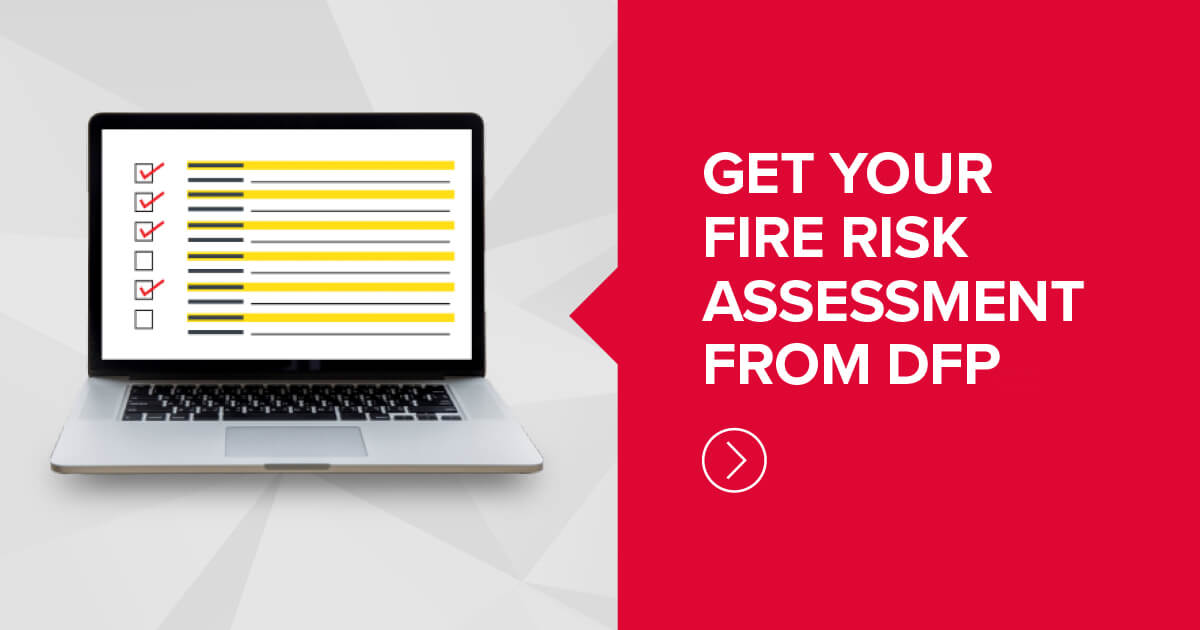
Require a fire safety risk assessment?
Spending a little more time and money on the fire risk assessment in the first place will save you money in the long run. Cheap fire risk assessment can often be like a ‘frugal’ car service—inadequate or highly problematic in the future—that can cost you far more money somewhere down the line.
Carrying out a fire safety assessment is a way to keep your staff safe and cover yourself in the aftermath of any unfortunate incidents. By ensuring you choose a qualified company such as Dorset Fire Protection to carry out your fire safety services, you can receive the appropriate documentation and peace of mind that your premises are as safe against the risk fire as possible.
We’re used to dealing with challenges and providing solutions. Our previous fire safety services have been used in schools, museums, hotels, student accommodation and all types of businesses. We provide safety with confidence to your requirements.
Worried your current fire risk assessment is out of date or poor quality? Need more fire safety training in your workplace? Contact Dorset Fire Protection on 0330 7000 555 or email [email protected] for the best solution.
This article was written by Gary Askew, Managing Director of Dorset Fire Protection.
He has over 20 years of experience of supplying fire prevention measures and finding premium solutions.




